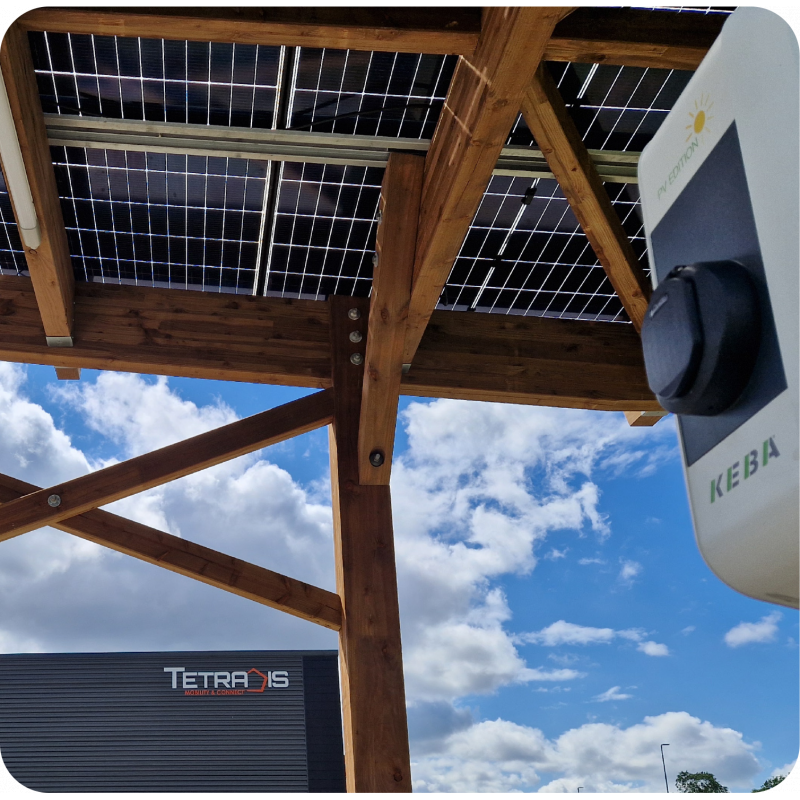Solar power all year round: Are solar panels compatible in cold weather?
Blog
Posted on 28.08.2023
Solar energy, a clean and renewable resource, is attracting increasing interest as an alternative to traditional energy sources. However, many people wonder whether solar panels are really effective when temperatures drop, particularly during harsh winters or under frequently overcast skies. The answer is clear: yes, solar panels can actually work more efficiently in cold weather, paving the way for the continued use of solar energy in a variety of climatic conditions.
At high temperatures, the performance of solar cells can decrease. This is due to a phenomenon known as the "recombination effect". As the temperature rises, electrons tend to move more restlessly, which can increase energy losses when converting light into electricity. This reduction in conversion efficiency can lead to less energy being produced in hot weather, contrary to what you might intuitively think. In addition, excessive heat can lead to faster degradation of solar cells, which reinforces the advantage of cool temperatures.
In winter, snow and ice can hamper solar production by blocking light. Keep an eye on your panels regularly and carefully remove any accumulated snow to maintain their efficiency. Use gentle tools to preserve the panels while maximising their winter performance.
Solar panels are an efficient and sustainable energy solution, even in cold or cloudy conditions. Their increased efficiency at lower temperatures and ability to operate in reduced light make them suitable for a variety of environments. Whether you live in a region with harsh winters or face frequent cloud cover, solar energy remains a beneficial option for meeting your energy needs all year round. So there's no longer any reason not to consume in a more sustainable way!
The advantage of cold temperatures
At high temperatures, the performance of solar cells can decrease. This is due to a phenomenon known as the "recombination effect". As the temperature rises, electrons tend to move more restlessly, which can increase energy losses when converting light into electricity. This reduction in conversion efficiency can lead to less energy being produced in hot weather, contrary to what you might intuitively think. In addition, excessive heat can lead to faster degradation of solar cells, which reinforces the advantage of cool temperatures.
Spotlight on cloudy days and long winters
Optimising the use of solar energy in winter
In winter, snow and ice can hamper solar production by blocking light. Keep an eye on your panels regularly and carefully remove any accumulated snow to maintain their efficiency. Use gentle tools to preserve the panels while maximising their winter performance.
Solar panels are an efficient and sustainable energy solution, even in cold or cloudy conditions. Their increased efficiency at lower temperatures and ability to operate in reduced light make them suitable for a variety of environments. Whether you live in a region with harsh winters or face frequent cloud cover, solar energy remains a beneficial option for meeting your energy needs all year round. So there's no longer any reason not to consume in a more sustainable way!


